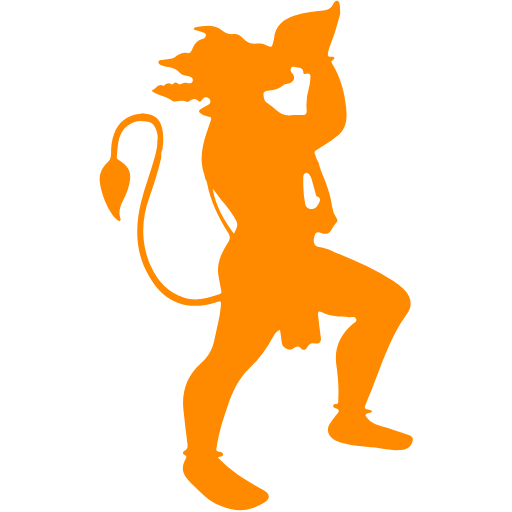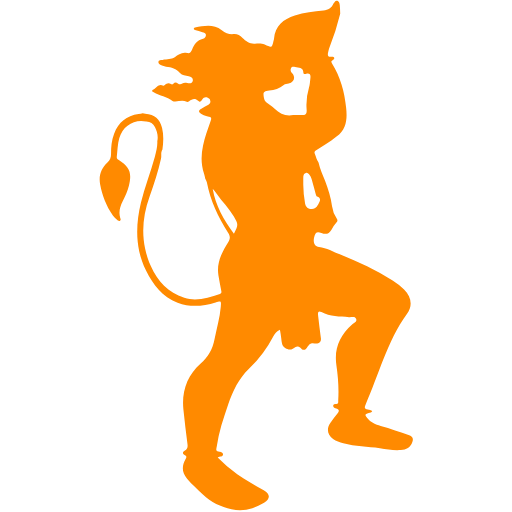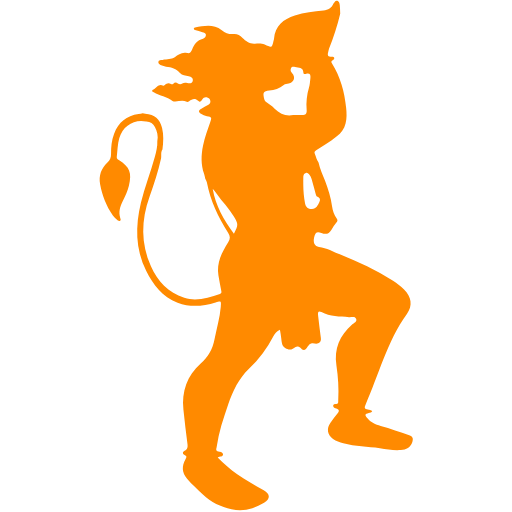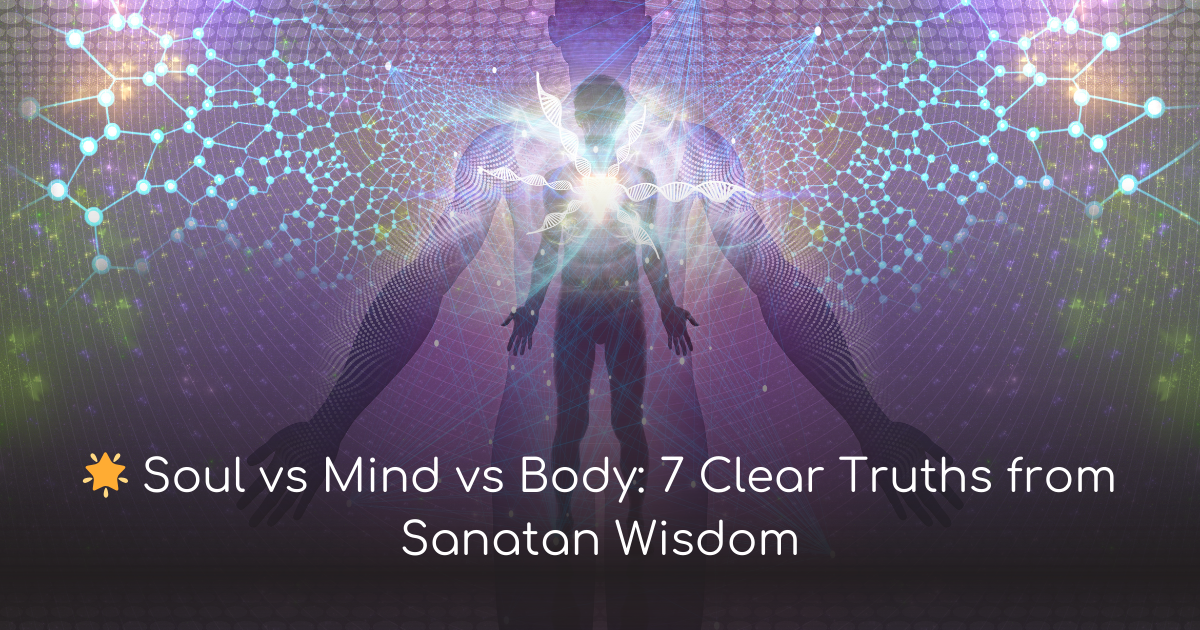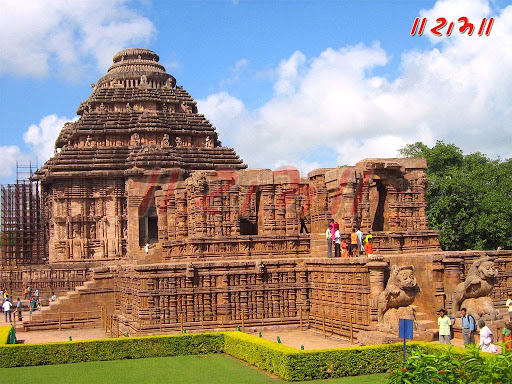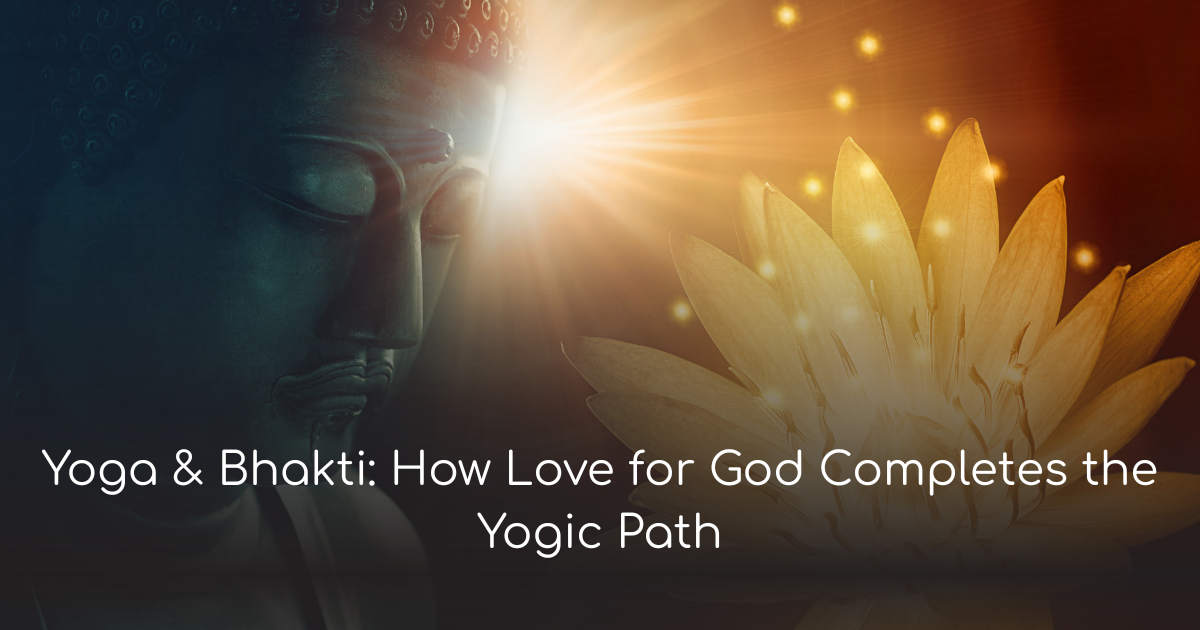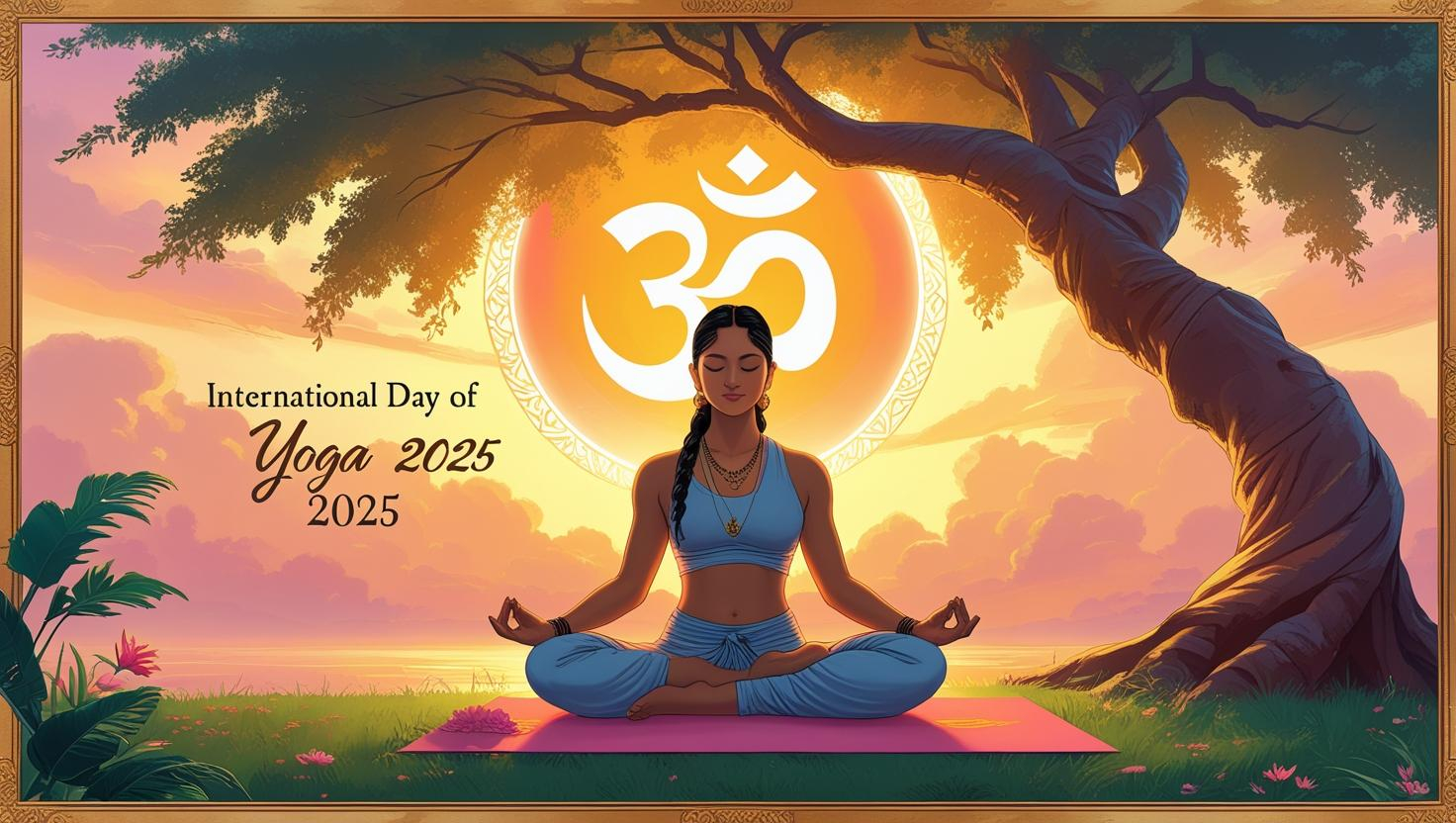om across faiths: 7 profound meanings in global traditions
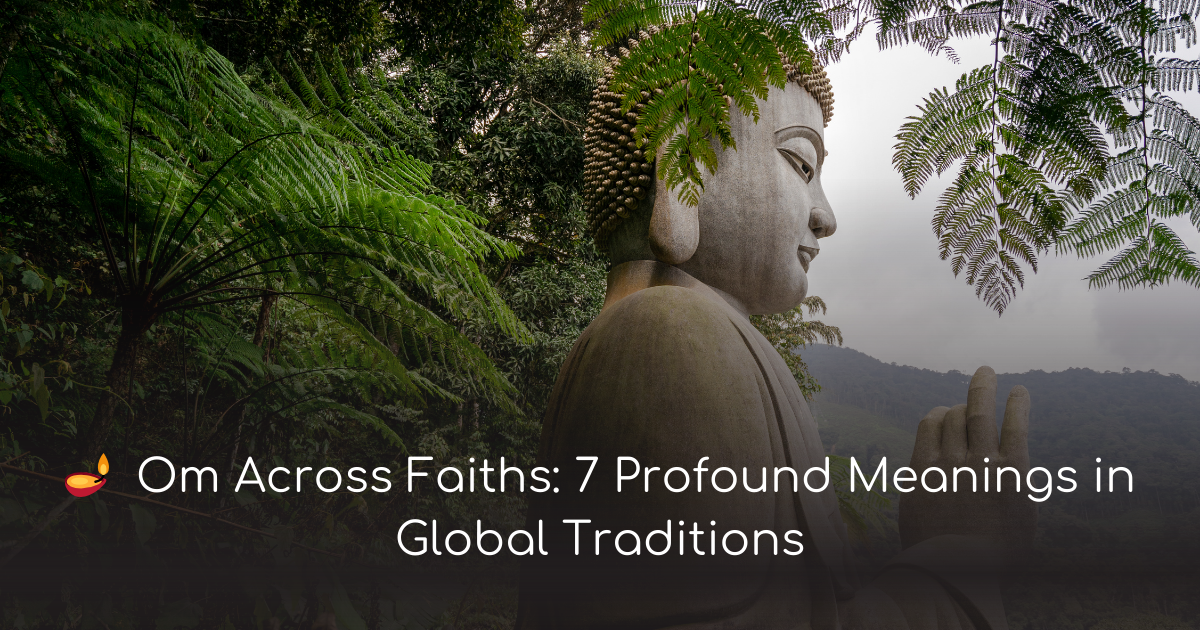
Om in Hinduism, Buddhism, and global spiritual traditions holds sacred meaning. Explore how this universal sound unites diverse paths to peace.
🌟 Om in Hinduism, Buddhism, and Global Spiritual Traditions
Across continents and cultures, one sacred sound continues to echo in temples, monasteries, yoga halls, and hearts — OM (ॐ).
It is the universal vibration, the seed of creation, and the symbol of inner and cosmic unity.
Though its roots lie in Sanatan Dharma, OM transcends religious boundaries and has become a symbol of peace, mindfulness, and divine connection across spiritual paths — including Buddhism, Jainism, Sikhism, and even New Age and global meditation movements.
In this article, let’s explore how OM is interpreted, revered, and chanted in various faiths, and why it holds such profound power for the mind, body, and soul.
🌺 Om in Hinduism – The Primal Sound of Sanatan Dharma
Among all spiritual systems, Hinduism holds OM as the most sacred syllable — the sound form of Brahman (the Absolute).
OM is not merely a chant — it is the essence of existence, the past, present, and future, and even that which transcends time.
📖 Om in the Vedas and Upanishads
-
The Mandukya Upanishad is entirely devoted to the understanding of OM. It describes OM as encompassing the three states of consciousness:
-
A – Waking (Jagrat)
-
U – Dreaming (Swapna)
-
M – Deep Sleep (Sushupti)
-
The silence after OM – Turiya, the state of pure awareness
-
-
Rigveda, the oldest Vedic scripture, refers to OM as the origin of the universe.
-
In Bhagavad Gita (Chapter 8, Verse 13), Lord Krishna says:
“Om iti ekaksharam Brahma” — “OM is the one-syllable Brahman.”
🕉️ Om in Hindu Mantras, Temples, and Yoga Practices
-
Most Hindu mantras begin with OM — for example:
-
Om Namah Shivaya
-
Om Namo Bhagavate Vasudevaya
-
Om Shri Ganeshaya Namah
-
-
OM is chanted at the beginning and end of pujas, yajnas, and scriptural recitations.
-
In yoga, OM is used to begin and close practice sessions to bring alignment and mindfulness.
In essence, OM in Hinduism is both a sound and a symbol, representing the totality of being and the gateway to moksha (liberation).
☸️ Om in Buddhism – The Sound of Enlightenment
Buddhism, especially in its Tibetan and Mahayana traditions, reveres OM as a sound of compassion, clarity, and spiritual awakening.
While Buddhism doesn’t always use OM the same way Hinduism does, it has adapted and expanded its use in powerful and poetic ways.
🧘♂️ Om in Tibetan Buddhism and “Om Mani Padme Hum”
One of the most sacred Buddhist mantras is:
“Om Mani Padme Hum”
Translation: “Hail to the jewel in the lotus”
-
OM in this mantra represents the impure body, speech, and mind — and the transformation into the pure exalted body, speech, and mind of a Buddha.
-
It is associated with Avalokiteshvara, the bodhisattva of compassion.
Chanting this mantra brings spiritual protection, purification, and deep inner peace.
🕯️ Chanting Om for Mindfulness and Compassion
-
OM is used in Buddhist meditation to develop focused awareness (samatha) and loving-kindness (metta).
-
It symbolizes interconnectedness, reminding practitioners that all life is part of the same cosmic whole.
For Buddhists, OM is not about worship — it’s about awakening.
🧘 Om in Jainism and Sikhism – Spiritual Respect for the Sacred Sound
Though Jainism and Sikhism do not emphasize OM as much as Hinduism or Buddhism, the sound still holds spiritual relevance, especially in sacred chants and philosophical symbolism.
🕉️ Om in Namokar Mantra and Jain Meditation
-
Jainism’s most important mantra is the Namokar Mantra, and while it doesn't explicitly begin with OM, it ends in a sound vibration similar to OM.
-
In Jain texts, OM is seen as a short form of the mantra that pays homage to the five supreme beings (Arihants, Siddhas, Acharyas, Upadhyayas, Sadhus).
OM here becomes a compressed vibrational form of spiritual reverence and surrender.
🪔 Omkar in Sikhism and the Concept of Ik Onkar
-
“Ik Onkar” is the opening phrase of the Guru Granth Sahib. It means “There is only One God.”
-
Onkar (Omkar) in Sikhism is not chanted repeatedly, but it denotes the formless, infinite Supreme Being.
While Sikhism doesn’t practice OM chanting, it honors the truth that OM symbolizes — eternal unity, oneness, and formless divinity.
🌍 Om in Global Spiritual Traditions and New Age Movements
In the past century, OM has become a global phenomenon, especially through the spread of yoga, meditation, and sound healing. In the West, OM is embraced as a universal sound of peace, healing, and mindfulness.
🧘♀️ Om in Western Yoga and Meditation Retreats
-
Most yoga classes around the world now begin and end with the sound of OM.
-
It’s used to create a sacred space, calm the mind, and center intention.
Western spiritual seekers, regardless of religion, now use OM to:
-
Reduce stress
-
Reconnect with inner silence
-
Balance energy (chakras, aura, nervous system)
🎧 Om in Modern Healing Practices and Sound Therapy
-
OM is used in binaural beats, frequency healing, and sound bath therapy.
-
Spiritual coaches and psychologists recommend OM to treat burnout, trauma, and emotional blockages.
-
Apps and wellness platforms now offer OM sound loops for focus, manifestation, and sleep enhancement.
In these practices, OM is not tied to a specific religion — it is a spiritual frequency that transcends labels.
👉 In the next section, we’ll explore:
-
🧬 OM’s universal symbolism as a cosmic vibration
-
🤝 OM as a tool for interfaith harmony
-
❓ FAQs and reflections on integrating OM into personal practice
-
🙏 A conclusion that brings all these paths together in one divine sound
🧬 Universal Symbolism of Om – Cosmic Vibration and Consciousness
Across all cultures and faiths, OM symbolizes something deeper than religion — it symbolizes consciousness itself. It is the sound of creation, the pulse of the universe, and the sacred signature of divine energy.
🌌 Om and the Connection to Divine Energy
In Hinduism, OM is the name of Brahman, the unchanging reality behind the changing universe.
In Buddhism, OM opens the heart to compassion and mindfulness.
In Jainism and Sikhism, OM (or Omkar) symbolizes eternal truth, unity, and non-violence.
In New Age spirituality, OM is seen as a frequency that aligns the soul with the source.
The sound of OM reminds us that we are not just flesh and bone, but energy and light — interconnected with all living beings.
“As the universe expands and contracts, OM remains the heartbeat of existence.”
🔬 Om and Scientific Interpretations of Sound and Vibration
Even modern science now recognizes the power of sound and vibration on the body, mind, and environment:
-
OM resonates at approximately 432 Hz — a frequency in harmony with the Earth and natural life.
-
Studies in neuroscience show that OM chanting:
-
Activates alpha and theta brainwaves (associated with meditation and healing)
-
Reduces stress hormone (cortisol)
-
Enhances oxygen flow, heart rate variability, and nervous system balance
-
OM isn’t just a spiritual symbol — it’s a vibrational reality, deeply woven into the structure of life.
🤝 Om as a Bridge for Interfaith Harmony
In a divided world of conflicting ideologies, OM stands as a unifier, not a divider.
It is not the exclusive property of any one religion. It is a sacred sound that invites silence, awareness, and unity.
🕊️ Om and Peace Movements Worldwide
-
Interfaith dialogues often begin with a shared moment of silence or OM chanting.
-
OM has been adopted in global peace initiatives, including UN Yoga Days, meditation rallies, and world healing projects.
-
Spiritual leaders from multiple faiths have acknowledged OM as a symbol of shared humanity.
🌍 How Om Unites the Seeker in All Traditions
Whether you call it:
-
Brahman (Hinduism)
-
Buddha Nature (Buddhism)
-
Ik Onkar (Sikhism)
-
Universal Energy (New Age)
OM points to the same divine source. Chanting it helps us remember:
“We are many, but our essence is one.”
🙏 Conclusion – Om: One Sound, Many Paths
From the peaks of the Himalayas to the meditation halls of the West, from Vedic chants to Buddhist sutras — OM has guided seekers for thousands of years.
It is:
-
A mantra in Hinduism
-
A prayer in Buddhism
-
A symbol in Jainism and Sikhism
-
A healing sound in global spirituality
In every tradition, OM leads to the same truths — inner peace, oneness, and awakening.
Let OM be your daily reminder that beneath all identities, beliefs, and boundaries, we are all made of vibration, silence, and divine light.
“Chant OM not to be religious, but to be real.”
🕉️ Call to Action:
🌿 Want to deepen your understanding of OM and how it unites faiths?
📿 Start your OM chanting journey today and rediscover your universal essence.
📖 Explore more spiritual truths at SanatanYug.com
❓ FAQs – Om in World Faiths
1. Is OM a Hindu symbol only?
No. While OM originates in Hinduism, it is respected and used in Buddhism, Jainism, Sikhism, and global spiritual movements.
2. What is the meaning of OM in Buddhism?
OM represents the path to enlightenment and is part of sacred mantras like Om Mani Padme Hum in Tibetan Buddhism.
3. What does OM mean in Sikhism?
OM is related to Ik Onkar, meaning “One Creator.” It symbolizes unity, oneness, and formless divinity.
4. Do other religions chant OM?
Yes. OM is used in interfaith meditations, yoga retreats, and spiritual healing regardless of religion.
5. Can chanting OM bring peace?
Yes. Chanting OM creates inner stillness, balances emotions, and promotes interpersonal harmony.
6. Is OM the same in all religions?
The pronunciation is similar, but interpretations vary. Yet, the core essence of oneness and cosmic connection remains.
7. What does OM symbolize universally?
OM symbolizes eternity, unity, and pure consciousness — the divine truth that transcends words.
8. Is OM still relevant today?
Absolutely. In a chaotic world, OM offers a simple practice for grounding, healing, and awakening.
9. Can I use OM in my meditation practice?
Yes! Anyone can chant or listen to OM — it's a universal mantra for all seekers.
10. How many times should I chant OM?
Start with 3–11 chants daily. Advanced practitioners often chant OM 108 times using a Rudraksha mala.


